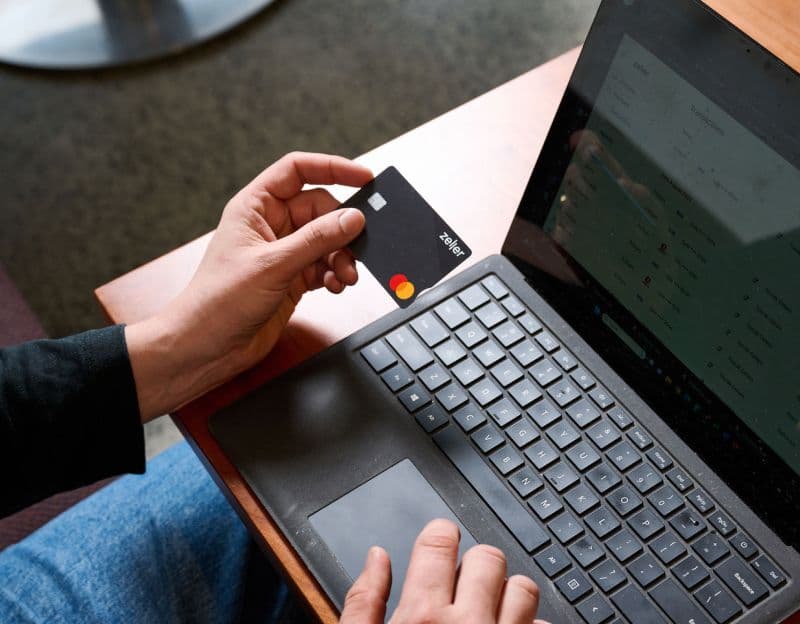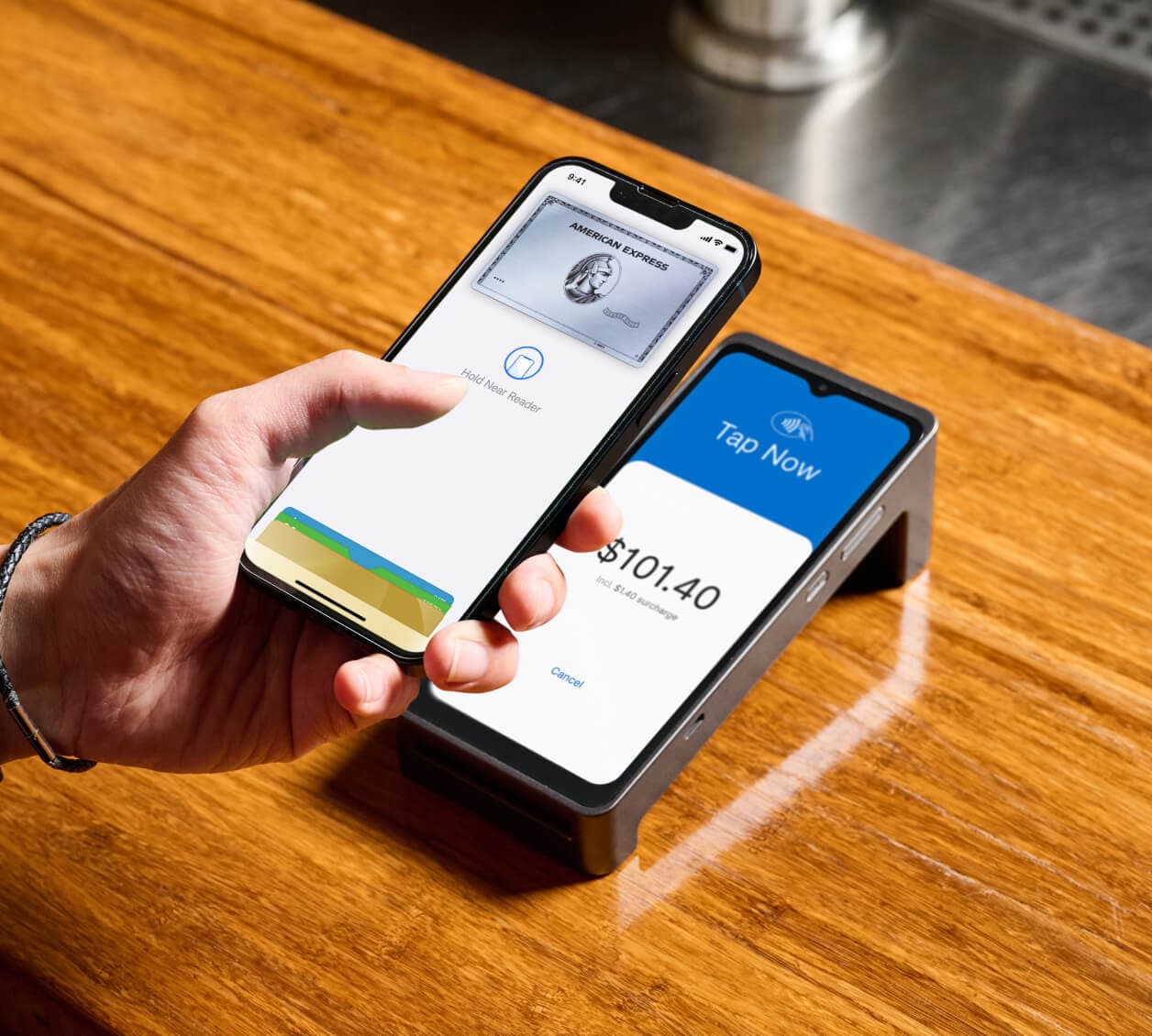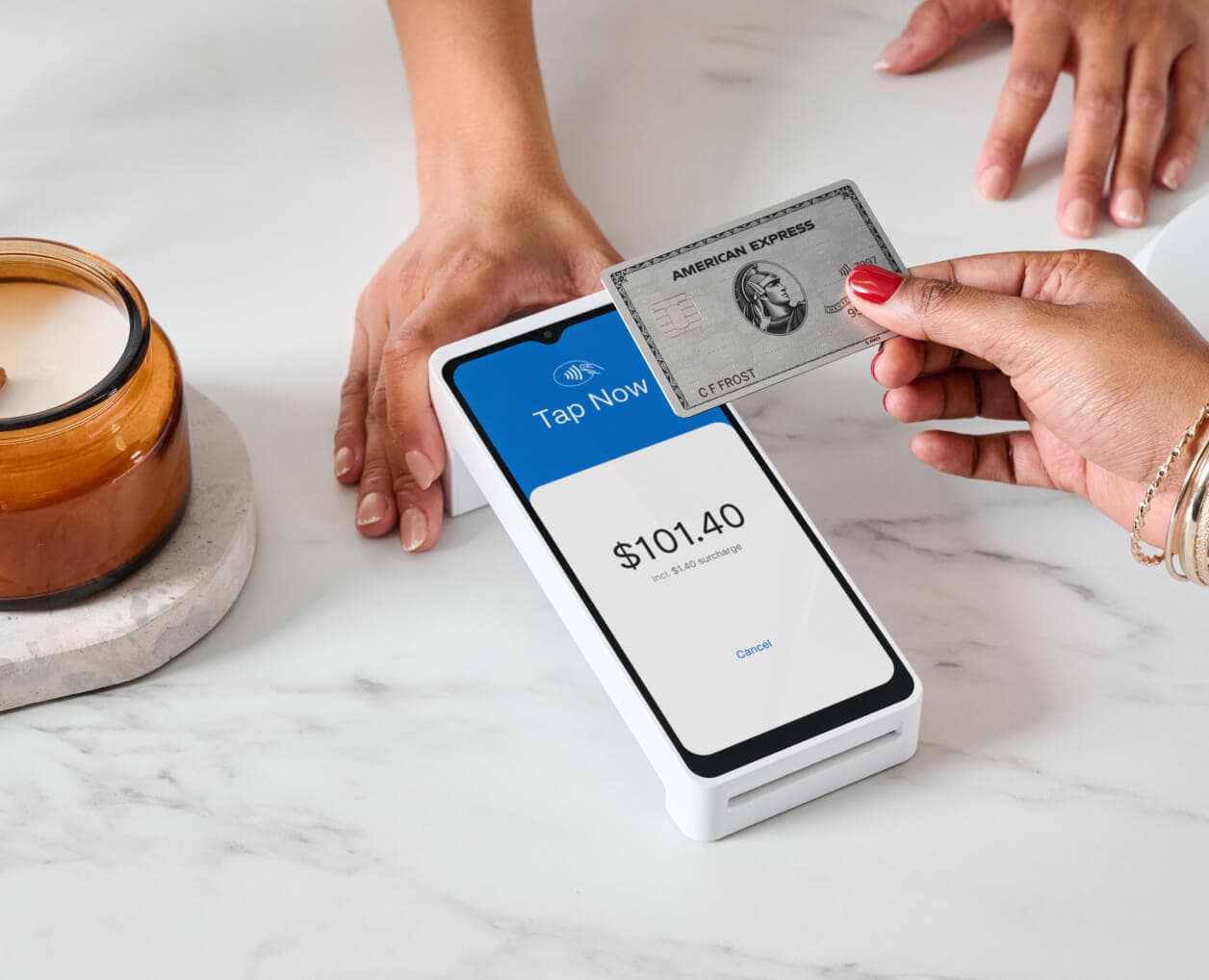
- EFTPOS & Point of Sale Solutions
Preventing Fraud at Your Business
Every year, hundreds of thousands of Australians are swindled out of their hard-earned money.
The Macquarie Dictionary defines fraud as “deceit, trickery, sharp practice, or breach of confidence, by which it is sought to gain some unfair or dishonest advantage". It’s a broad term, however — in the context of business — it usually refers to any situation in which money is obtained deceitfully.
Unfortunately, it’s an all too common crime. In 2020 alone, fraudsters stole $175.6 million from unassuming businesses and individuals.
Fraud is a growing problem, and one which could result in the critical failure of an otherwise successful business. Almost half of the 5,000 businesses who took part in PwC’s Global Economic and Fraud Survey 2020 reported that they had been the target of fraud within the last two years. Of course, these findings don’t take into account scams flying under the radar — as yet undetected.
Our team of experts monitor transactions accepted through Zeller Terminals 24/7, to keep your business secure. However, as with many things, prevention is your best protection — and for that, you need to establish a set of effective internal procedures and controls.
Check out our top three tips for preventing business fraud.

As a business owner, it's important to recognise the signs and take steps to keep your financial assets secure.
1. Recognise the risk
Some small and medium business owners believe their size and revenue makes them an unlikely target of fraud. Why would a scammer go after a small fish when there are bigger, more lucrative ones in the pond?
The reality is that fraud can impact any business, regardless of size. In fact, smaller businesses often lack the protective resources that large enterprises benefit from, as the Australian Competition and Consumer Commission explains. Sophisticated scammers have a way of identifying and exploiting these weak points.
Be honest. Is there a business security measure you know you should strengthen, but haven’t because you’ve dismissed your business as an unlikely target of fraud? Before you take any other steps toward preventing business fraud, take the time to recognise that it’s a real, serious problem for businesses of all sizes.
2. Set clear rules and expectations
Scammers commonly take advantage of time-sensitive processes to pressure a victim and force a quick action. A fraudster may pretend to be a government authority, a supplier, or even the business owner themselves. The key to a scam’s success is getting an employee or owner to move quickly, without much time to think on the consequences of their actions.
Distraction is another tactic used by scammers, who take advantage of a situation that causes business owners to be preoccupied. In February 2020, for example, there was a spike in scam reports as fraudsters attempted to cash in on the chaos of the COVID-19 pandemic.
A clear set of rules will help ensure that proper checks are in place, even when your staff are distracted. Keep reading for three simple suggestions.
Separate duties
Everyone who works in your business should be on high alert when it comes to fraud, but not everyone should be involved in the disbursement of funds.
Junior employees should be taught about the risks of fraudulent return of goods and counterfeit money, as well as how to spot business identity theft, email scams, and the like. However, it’s up to you to delegate the tasks of reconciling payments, processing refunds, paying invoices, and other disbursements to more experienced staff.
The less people capable of accessing and paying out business funds, the less potential for a scammer to succeed.
Confirm the identity of a payee
Make it clear to all staff that no one should immediately respond to a demand made for payment, information, or access to your systems, especially when it arrives in the form of an unsolicited phone call or email. Tell your staff to discuss the issue with yourself, their manager, or a supervisor before taking action.
To confirm if the request or demand is real, use the contact information you have on hand. If you suspect the phone or email address on the demand for payment has been tampered with, look up the organisation’s public contact details.
Pay attention to details
Scams often imitate a person or group familiar to you and your staff. A common tactic involves the impersonation of a company owner and a request for a fund transfer or gift card purchase, Scamwatch explained.
Remind everyone to follow the above advice: confirm that the person calling or emailing is really who they say they are, in a way the fraudster can’t manipulate. Do they feel there is something fishy going on? Teach staff to look for the small signs of potential imitation in a phone call, email or other type of message. Examples include:
an email address that is similar to but doesn’t exactly match the one normally used;
an unfamiliar phone number;
a generic greeting that sounds out of place, especially if there’s an existing relationship;
poor writing, grammar, or strange formatting; and
a message that encourages the reader or listener to take immediate action and pressures them to do so.
3. Monitor activity
The ramifications for a business targeted by fraud can be monumental.
Every day, you deal with sales receipts, bank deposits, invoices, purchase orders, and more. Document everything. You’ll have something to look back on as a means of verifying transactions, and give yourself and your senior staff the opportunity to identify anomalies and potentially stop fraud as it’s occurring.
Proper documentation is one of the best ways to prevent business fraud.
As a business owner, you or a trusted staff member should regularly review finances, access logs for any digital systems that store sensitive information, and similarly important resources. Set aside time to run regular – but random – audits. If you run your audits to a schedule, scammers may catch wind of your timeline.
Sign up to the Zeller Business Blog to receive more tips to help protect and grow your business.



